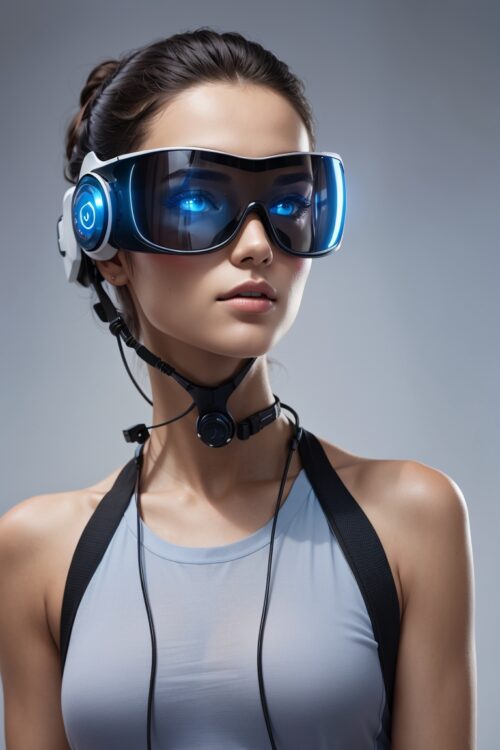From fitness trackers to sleep monitors, smart wearables are changing the way we approach our health. Smart wearables, such as fitness trackers and smartwatches, have become increasingly popular over the years, and their impact on health and wellness has been significant. These devices offer a wealth of features and functions that help users track their physical activity, monitor heart rate, and promote healthy behaviors.
One of the most significant benefits of smart wearables is their ability to track physical activity. Fitness trackers, for example, can count steps, track distance traveled, and calculate calories burned. This information can help users set goals and monitor their progress towards achieving them. By tracking their physical activity, users can make adjustments to their daily routines, such as increasing their daily steps or increasing their exercise intensity, to improve their overall fitness.
Another important feature of smart wearables is their ability to monitor heart rate. Smartwatches with built-in heart rate monitors can track the user’s heart rate throughout the day, allowing them to see how their heart rate changes in response to different activities and stressors. This information can help users identify patterns in their heart rate that may indicate potential health issues, such as arrhythmias or high blood pressure.
In addition to tracking physical activity and heart rate, smart wearables can also promote healthy behaviors. For example, many fitness trackers offer reminders to stand up and move around every hour, encouraging users to be more active throughout the day. Some smartwatches also offer breathing exercises or meditation prompts to help users manage stress and improve their mental well-being.
Sleep tracking is another popular feature of smart wearables. Sleep trackers can monitor the user’s sleep patterns and provide insights into the quality and duration of their sleep. This information can help users identify factors that may be disrupting their sleep, such as caffeine intake or stress, and make adjustments to improve their sleep habits.
While the impact of smart wearables on health and wellness is largely positive, it’s important to note that these devices are not a substitute for professional medical advice. Users should always consult with a healthcare provider before making any changes to their diet or exercise routine based on the data provided by their wearables. Additionally, users should be aware of the privacy concerns associated with wearables and take steps to protect their personal data.
Certainly, here are some additional ways in which smart wearables are impacting health and wellness:
Health monitoring: Smart wearables can monitor a wide range of health metrics beyond just heart rate and physical activity. For example, some devices can track blood pressure, blood glucose levels, and even ECG readings. This information can be used to detect early signs of health issues and prompt users to seek medical attention if necessary.
Chronic disease management: Wearable technology is also being used to manage chronic diseases such as diabetes and asthma. Smart insulin pumps and inhalers, for example, can track medication usage and provide reminders to take medication on schedule. This can help patients better manage their conditions and avoid complications.
Virtual coaching and personalization: Many smart wearables come with virtual coaching features that provide personalized recommendations and feedback to users. For example, a fitness tracker might suggest workout routines based on the user’s fitness level and goals. This can help users stay motivated and reach their fitness goals more quickly.
Group challenges and social support: Smart wearables can also facilitate group challenges and social support, which can be motivating for users. Fitness tracking apps, for example, often have community features that allow users to compete against each other or share their progress with friends and family.
Medical research: Wearables are also being used in medical research to collect data on large populations of people. This data can help researchers better understand the factors that contribute to health and disease, and develop new treatments and interventions.
Overall, smart wearables have the potential to significantly improve health and wellness outcomes for users. However, it’s important for users to choose devices that are accurate, reliable, and secure, and to use the data provided by wearables in conjunction with professional medical advice.



